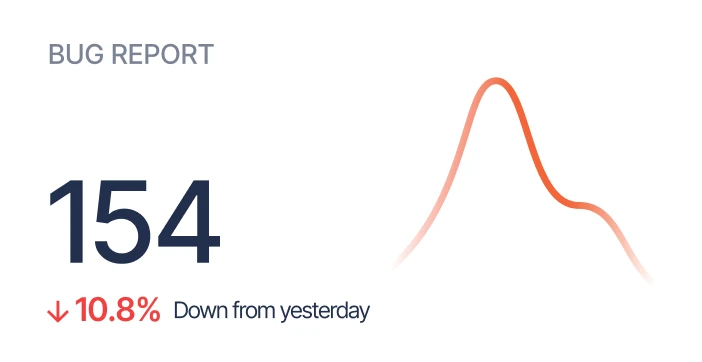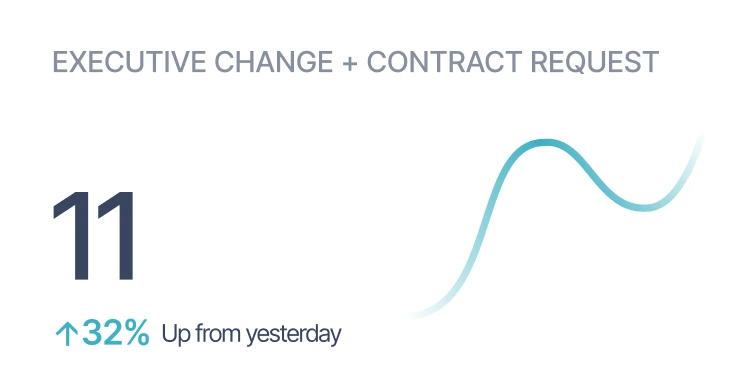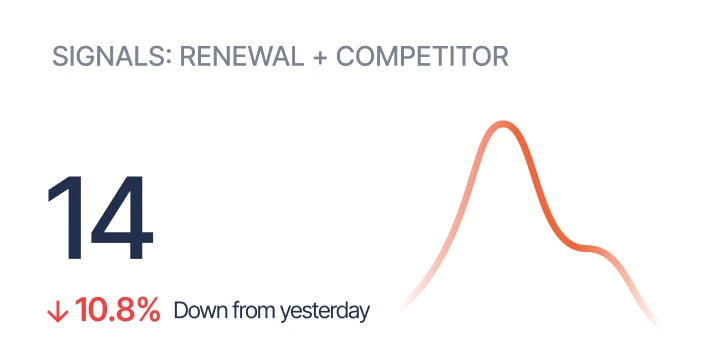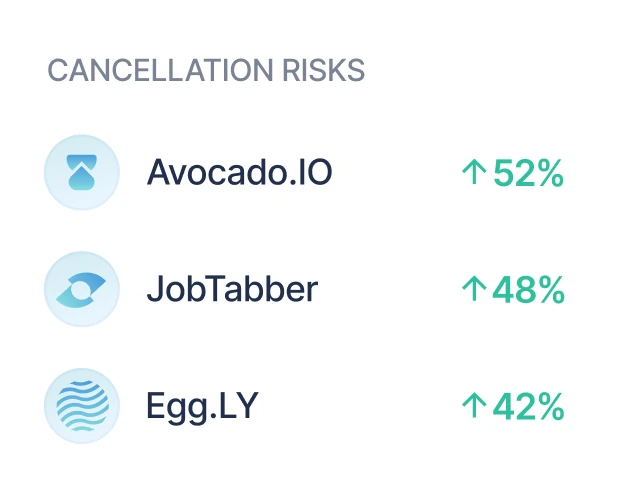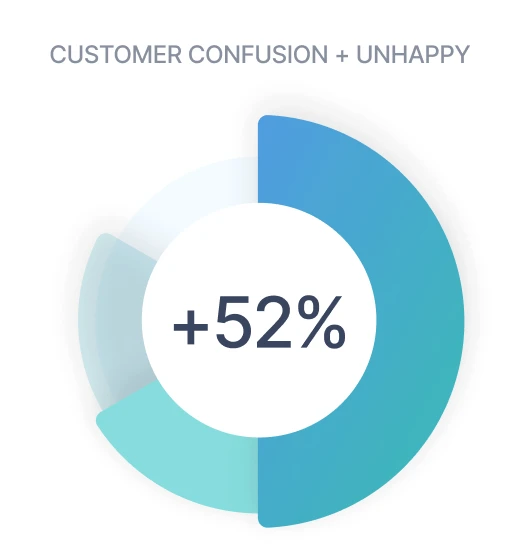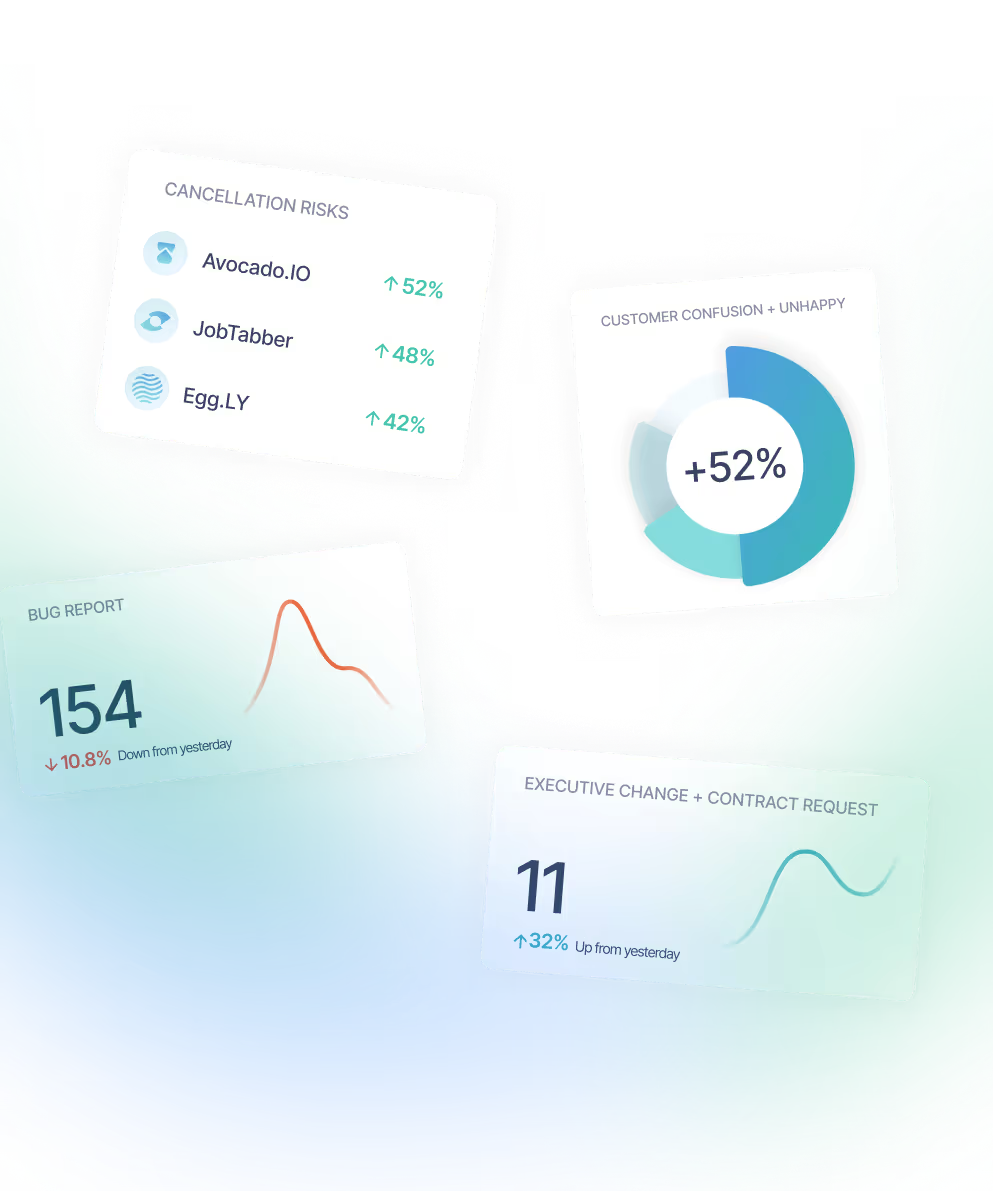The SaaS industry is still roaring towards ubiquity. Blissfully’s 2020 SaaS Trend Report notes that overall spend per organization on SaaS-based products is up 50%. However, the report also notes that this is down from previous years, and the growth rate seems to be slowing. This gradual slide has the industry turning its attention to optimizing for customer retention and leveraging existing customers for substantive growth.
Anymore, churn is just SaaS slang. Churn as a metric is confusing and ambiguous. There are too many ways to calculate customer and revenue churn. Analysts and investors have been increasingly skeptical of churn rate calculations for years. Anymore they just want a raw data dump from companies so they can run their own math.
“There are too many darn ways to calculate churn. That makes it ambiguous.” - Dave Kellogg
The focus is on net dollar retention (NDR)?
NDR has emerged as one of the top SaaS metrics that matter. NDR takes into account upgrades, downgrades, and churn to quantify how much recurring revenue from current customers you retained across a defined period of time. There are two hugely important questions that NDR can answer.
- Is your product delivering the value promised during the sale?
- Are your customers growing with you or without you?
What makes net retention so powerful is that for most companies, it’s cheaper to sell to existing customers than to sell to new logos. This makes net retention the most cost efficient way to accelerate revenue growth.
Calculating net dollar retention.
If your NDR is over 100%, this means that an increase in revenue is attributable to your existing customers. Here’s how to calculate NDR.
(Starting MRR + expansion — downgrades — churn) / Starting MRR = NDR
Let’s say you start the month at $100,000 in recurring revenue (MRR). Over the month it added $25,000 in expansion revenue, has $10,000 in downgrades and another $5000 in churn. ($100,000 + $25,000 — $10,000 — $5000)/$100,000 = 110% NDR. Your MRR is $110,000 with an NDR of 110% This is good. Essentially, your upgrades / upsells lifted your revenue despite losses.
What good looks like.
At least 100% is considered a good NDR rate for SaaS businesses selling to the SMB market. Selling to smaller accounts naturally yields a lower NDR. SMB clients are less financially stable, ripe for acquisition, and have smaller budgets. A good enterprise NDR is 130%. As with many SaaS metrics there are other things to consider. For example, Workday’s NDR is 100% but gross retention is 95%. Either Workday is very good at selling the “whole” deal or their product footprint presents limitations.
Here are some examples of net dollar retention rates for some interesting SaaS and SaaS-enabled companies.

Caring about net dollar retention.
NDR provides a revenue-based view of customer retention. NDR is increasingly important as you scale from a small to medium-size business and beyond. For example, a $5m business that churns 20% can replace that $1m with net new business when it’s growing +50% a year. But when a $30m business needs to replace $6m this becomes insurmountable especially if the growth rate is slowing.
The effects of NDR compound with time. It’s either additive or punitive with every customer that you acquire. This means that small upticks in NDR can add up to very large differences in total revenue over multiple years. For example, assume a business had $10 in revenue last year and consistently generates 20% of revenue from new customers. Improving the NDR from 95% to 105% may sound meager, but over five years the business will gain another $5m in revenue.
Lifting NDR and a plug for Sturdy as a solution to help.
How can you start identifying more opportunities to grow and deliver value? Here are two ideas that sound great in articles and when delivered by panelists at conferences. First, hire a great team of CSMs who are well enabled and know your customers intimately. Second, develop more premium services to sell your customer base. Frankly, these are right answers but they take a lot of time, resources and change management to create an enduring impact.
Now consider this. What if you had a “tool” that could analyze customer emails, tickets and conversations for important signals that are typically related to predicting churn? Maybe something that can listen for suggestions about features and products that might accelerate value capture and lift revenue? What if you could get started with such initiatives without major upfront investments in data infrastructure or change the way your teams work? We might know of such a tool. Hit us up. We’d be just as happy to talk about NDR and our experiences over the years tracking this SaaS metric juggernaut.

.png)





